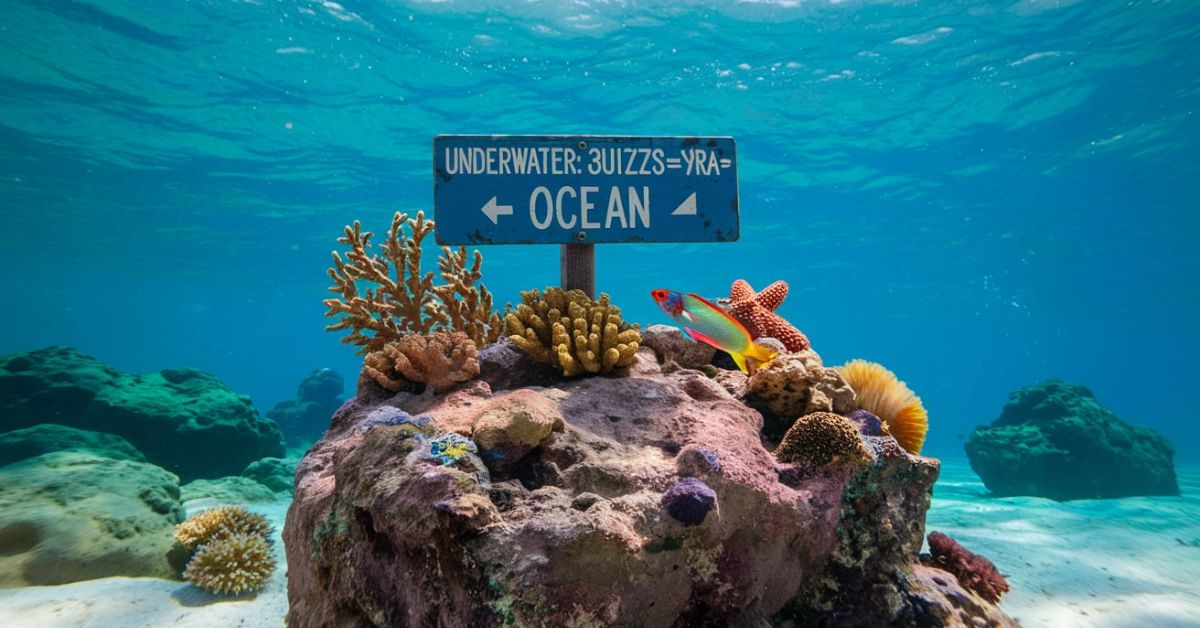Underwater:3u1qizs_9ra= Ocean refers to the vast submerged realm covering over 70% of Earth’s surface. This underwater world encompasses everything from shallow coastal areas to deep oceanic trenches, hosting diverse life and unique geological features.
Descend into an alien landscape where light fades and pressure intensifies. This underwater frontier remains largely unexplored, with less of the ocean floor mapped than the surface of Mars.
The ocean’s influence is far-reaching, regulating climate and providing resources for billions. From vibrant coral reefs to mysterious hydrothermal vents, the underwater world continues to inspire and surprise us.
The Importance of Oceans in Our Ecosystem
Our oceans are the lifeblood of Earth, playing a crucial role in regulating the planet’s climate and weather patterns. They absorb vast amounts of carbon dioxide, helping to mitigate the effects of global warming. Without this vital function, our world would be a very different place.
Oceans also serve as a primary source of food for billions of people worldwide. Coastal communities rely heavily on marine resources for their livelihoods and sustenance. From small-scale fisheries to large commercial operations, the ocean provides a bounty that feeds the world.
But the ocean’s importance goes beyond food and climate regulation. It’s a hub of biodiversity, home to countless species from microscopic plankton to enormous blue whales. This rich tapestry of life is interconnected, each species playing a vital role in the delicate balance of marine ecosystems.
The Mystery of Ocean Depths
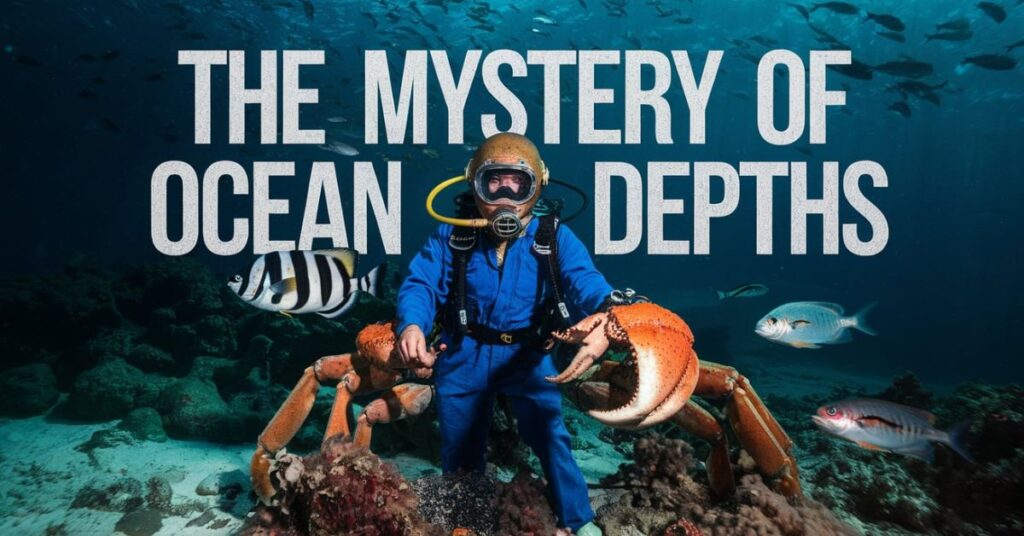
The deep ocean remains one of the least explored frontiers on Earth. As we descend into the ocean depths, we enter a world of perpetual darkness, crushing pressure, and extreme cold. Yet, life finds a way to thrive even in these harsh conditions.
Scientists estimate that we’ve explored less than 5% of the ocean floor. Each expedition to the deep sea brings new discoveries, from bizarre creatures to underwater thermal vents teeming with unique life forms. The mysteries of the deep continue to captivate our imagination and drive scientific exploration.
These unexplored realms may hold keys to understanding the origins of life on Earth and potentially even clues about life on other planets. The study of extremophiles – organisms that thrive in extreme conditions – in deep-sea environments has opened new avenues in biotechnology and medicine.
The Role of Mangroves and Seagrasses
When we think of marine ecosystems, coral reefs often come to mind. However, mangroves and seagrasses play equally crucial roles in coastal ecosystems. These unsung heroes of the ocean world provide numerous benefits to both marine life and human communities.
Mangrove forests act as natural barriers, protecting coastlines from erosion and storm surges. Their complex root systems create nurseries for young fish, supporting local fisheries. Seagrasses, on the other hand, are underwater meadows that provide food and shelter for a diverse array of marine species.
Both mangroves and seagrasses are also excellent at carbon sequestration, absorbing and storing large amounts of carbon dioxide. This makes them valuable allies in the fight against climate change. Despite their importance, these ecosystems face threats from coastal development and pollution.
Economic Value of Healthy Oceans
Healthy oceans aren’t just good for the planet. They’re economic powerhouses too.
| Sector | Annual Value (USD) | Description |
| Fishing | $150 billion | Commercial fishing and fish farms |
| Tourism | $390 billion | Beach and marine tourism |
| Shipping | $540 billion | Moving goods by sea |
| Biotech | $4.8 billion | Medicine from the sea |
| Ecosystems | $24 trillion | Nature’s services like carbon storage |
These numbers show why healthy oceans matter. They’re not just pretty. They’re vital for our economy too. Taking care of our oceans isn’t just good sense. It’s good business.
Marine Life Diversity
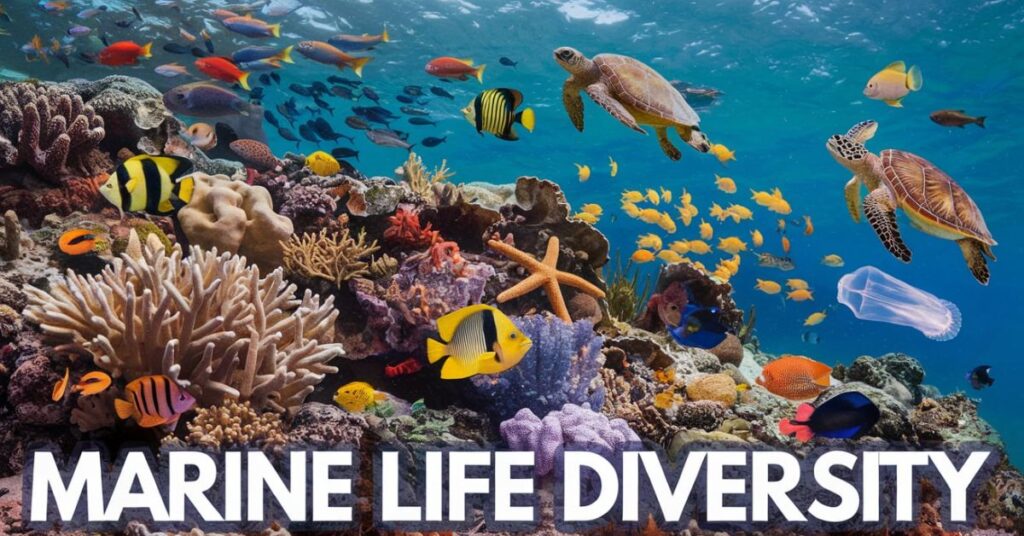
The oceans are home to an astonishing array of life forms, from microscopic plankton to massive whales. This marine life diversity is crucial for maintaining healthy ocean ecosystems. Each species plays a unique role in the food web and overall ecological balance.
- Coral reefs: Known as the “rainforests of the sea,” home to 25% of marine species
- Deep-sea creatures: Bioluminescent fish, giant squid, and other bizarre adaptations
- Marine mammals: Whales, dolphins, and seals that capture our imagination
- Microscopic life: Phytoplankton that produce over half of the world’s oxygen
- Sharks and rays: Ancient predators crucial for maintaining ecosystem balance
The diversity of marine life is not just beautiful – it’s essential for the health of our planet. From the tiniest plankton to the largest whales, each species contributes to the complex web of life in the oceans.
Pollution and Its Effect on Marine Life
Our oceans face numerous threats, with pollution being one of the most pressing issues. Plastic pollution has become particularly problematic, with millions of tons of plastic waste entering the oceans each year. This debris harms marine life through entanglement and ingestion.
Chemical pollutants, such as oil spills and agricultural runoff, also pose significant risks to marine ecosystems. These contaminants can accumulate in the food chain, affecting not only marine life but also humans who consume seafood.
Noise pollution is another often overlooked issue. Underwater noise from shipping, oil exploration, and military activities can disrupt marine animals’ communication and navigation, particularly affecting whales and dolphins.
The Importance of Marine Protected Areas
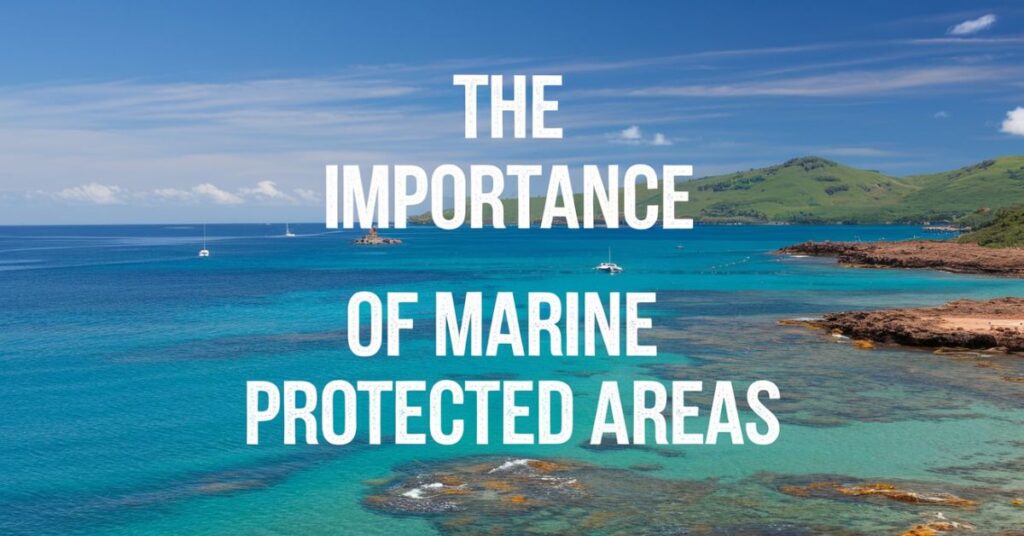
Marine Protected Areas (MPAs) are crucial tools for ocean conservation. These designated zones help preserve biodiversity, protect vulnerable species, and allow depleted fish populations to recover. MPAs come in various forms, from fully protected marine reserves to areas that allow sustainable use of resources.
Benefits of Marine Protected Areas:
- Biodiversity conservation
- Fish population recovery
- Protection of vulnerable habitats
- Scientific research opportunities
- Sustainable tourism potential
Despite their proven benefits, less than 3% of the world’s oceans are fully protected. Increasing the coverage and effectiveness of MPAs is vital for the long-term health of our oceans.
Threats to Ocean Biodiversity
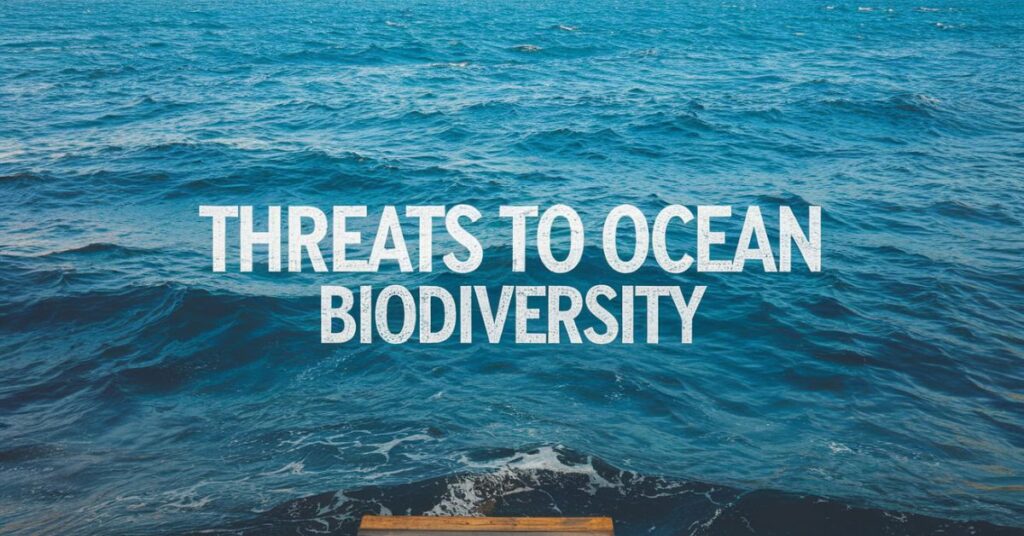
Ocean biodiversity faces many threats. Habitat destruction tops the list. Coastal development and pollution destroy vital marine habitats. Many species lose their homes and food sources.
Invasive species pose another challenge. Ships transport non-native organisms in ballast water. These invaders can disrupt entire ecosystems. Climate change worsens this by altering habitats.
Noise pollution is often overlooked. Shipping, drilling, and military sonar create underwater noise. This disrupts marine animal communication. Whales and dolphins struggle to navigate in noisy seas.
Sustainable Fishing Practices
As global demand for seafood continues to rise, adopting sustainable fishing practices has become more critical than ever. Overfishing has depleted many fish populations, disrupting marine ecosystems and threatening food security for millions of people.
Sustainable fishing aims to maintain fish populations at healthy levels while still providing food and livelihoods. This approach involves:
- Setting catch limits based on scientific data
- Using selective fishing gear to reduce bycatch
- Implementing seasonal closures to protect spawning areas
- Supporting small-scale, community-based fisheries
- Promoting responsible aquaculture to reduce pressure on wild stocks
By adopting these practices, we can ensure that our oceans continue to provide food and support livelihoods for generations to come.
The Impact of Climate Change on Oceans
Climate change is hitting our oceans hard.Some key impacts includes:
- Ocean Acidification: More CO2 absorption makes oceans acidic. This threatens shellfish and coral reefs.
- Sea Level Rise: Melting ice caps cause sea levels to rise. Coastal communities are at risk.
- Ocean Warming: Rising temps alter marine ecosystems. Species are forced to migrate.
- Coral Bleaching: Warmer waters cause widespread coral death. Reef ecosystems are decimated.
- Changes in Ocean Currents: Altered patterns affect weather systems. Marine life distribution changes too.
- Deoxygenation: Warm water holds less oxygen. This creates “dead zones” where marine life can’t survive.
Ocean Conservation Initiatives
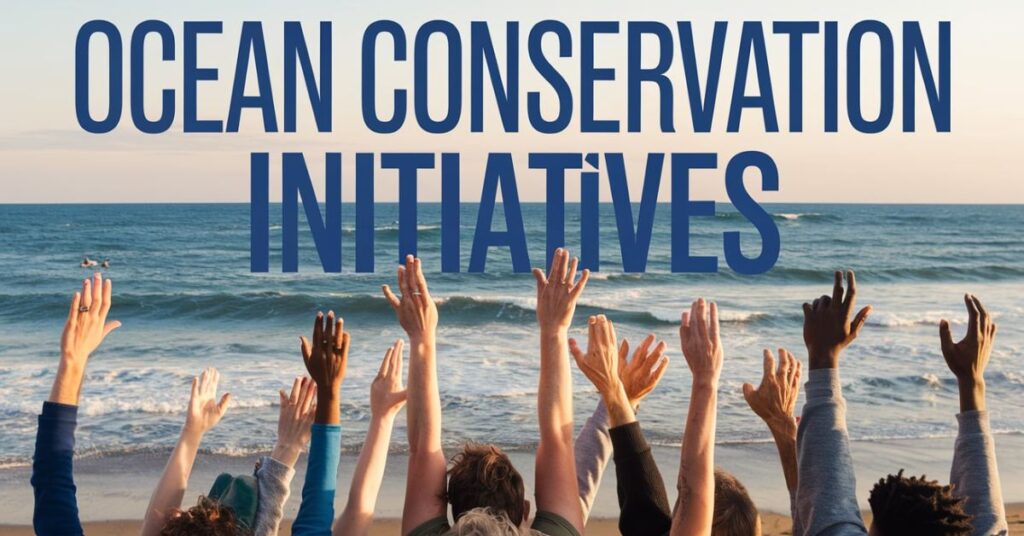
Numerous organizations and individuals are working tirelessly to protect our oceans. These ocean conservation efforts range from local beach cleanups to global policy changes. Here are some notable initiatives:
- The Ocean Cleanup: Developing technologies to remove plastic from the oceans
- Coral Restoration Foundation: Restoring damaged coral reefs through active cultivation
- Sea Shepherd: Combating illegal fishing and protecting marine wildlife
- Global Ghost Gear Initiative: Addressing the problem of abandoned fishing gear
- Blue Carbon Initiative: Protecting and restoring coastal ecosystems for carbon sequestration
These initiatives demonstrate the power of collective action in addressing the challenges facing our oceans. From grassroots movements to international collaborations, every effort counts in the fight to protect our blue planet.
The Future of Our Oceans
The future of our oceans hangs in the balance. Climate change continues to warm ocean waters, leading to coral bleaching, sea-level rise, and changes in marine ecosystems. Overfishing threatens to deplete fish stocks beyond recovery. Pollution, particularly plastic waste, continues to accumulate in our seas.
However, there is hope. Advancements in technology are enabling better monitoring and protection of marine environments. Growing public awareness is driving demand for sustainable seafood and pushing for stronger ocean protection policies.
The key to a healthy future for our oceans lies in collective action. Governments, businesses, and individuals all have a role to play in protecting these vital ecosystems. From supporting sustainable fishing to reducing plastic use, every action counts.
Read this Blog: Tech Gaming Defstartup: Revolutionizing the Gaming Industry
Emerging Technologies in Ocean Exploration
Cutting-edge tech is revolutionizing ocean exploration. Autonomous underwater vehicles (AUVs) lead the charge. These robotic explorers map the ocean floor, collect samples, and track marine life with amazing precision.
Satellite technology is transforming our understanding of oceans too. High-res imagery from space helps scientists monitor ocean temps and track currents. It even helps detect illegal fishing.
Underwater drones with HD cameras bring ocean wonders to the masses. They let citizen scientists and researchers capture stunning footage. This tech fosters greater public engagement with ocean conservation.
Bottom Line
Our oceans are a world of wonder, teeming with life and full of mysteries yet to be uncovered. They play a crucial role in regulating our planet’s climate, providing food for billions, and supporting an incredible diversity of life. They face unprecedented threats from human activities.
The challenges are significant, but so is our capacity for positive change. Through sustainable practices, protected areas, and innovative conservation efforts, we can turn the tide on ocean degradation. It’s not just about preserving beautiful marine landscapes – it’s about securing the future of our blue planet.
As we’ve explored in this article, from the marine life diversity in coral reefs to the mysteries of the ocean depths, our seas are full of wonders worth protecting. Let’s commit to being better stewards of our oceans, ensuring they remain healthy and vibrant for generations to come.
Frequently Asked Questions
What is the biggest threat to our oceans today?
Climate change, overfishing, and pollution are the most significant threats.
How much of the ocean has been explored?
Less than 5% of the ocean floor has been thoroughly explored.
What can individuals do to help protect the oceans?
Reduce plastic use, choose sustainable seafood, and support ocean conservation organizations.
Why are coral reefs important?
Coral reefs support biodiversity, protect coastlines, and provide food and livelihoods for millions.
What is a Marine Protected Area?
A designated area where human activity is limited to protect marine ecosystems and wildlife.
